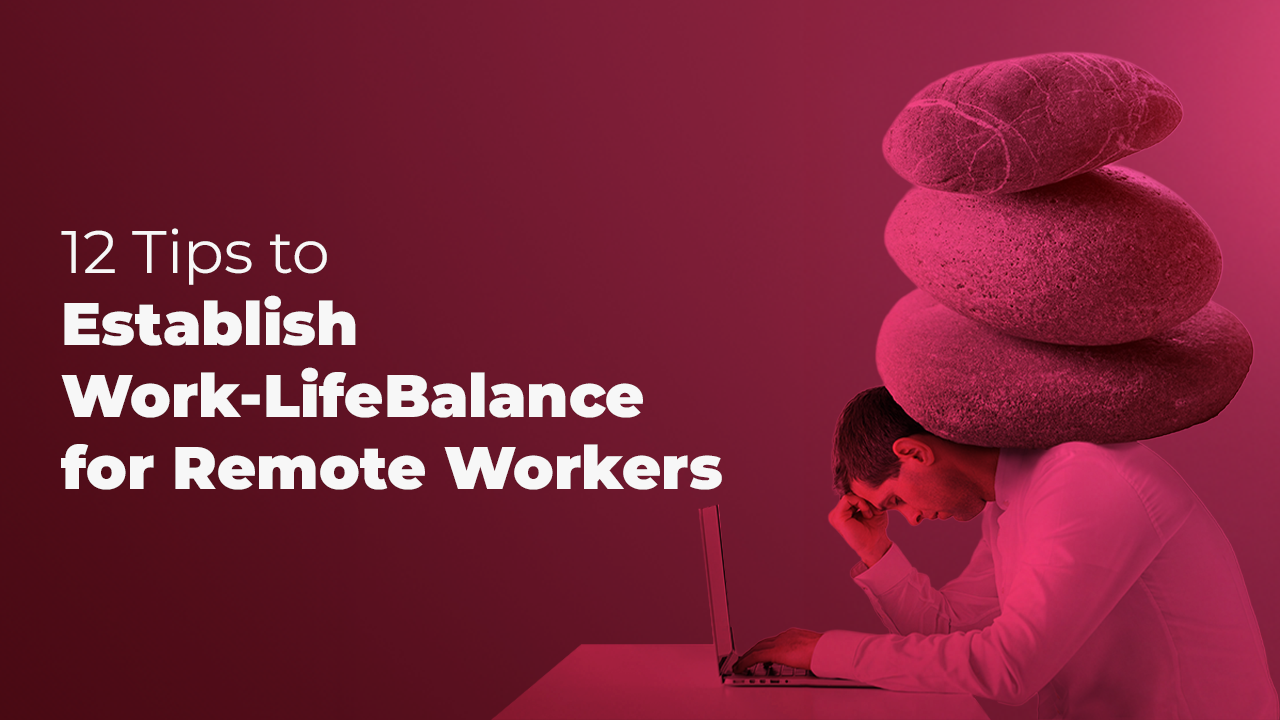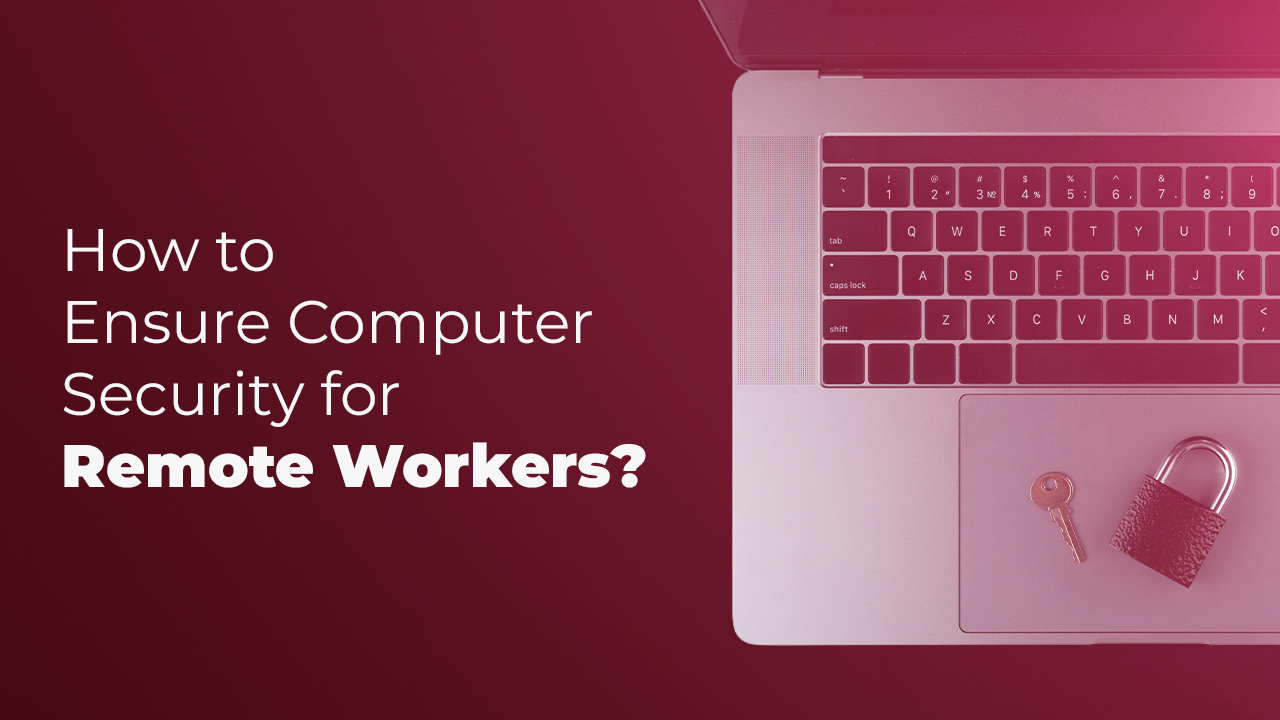Human-Centric Services in the Digitalized Business World: AVD HR Consultancy & Peoplebox Collaboration
Digitalization has emerged as an inevitable and powerful wave of transformation in the modern business world. The rapid and continuous evolution of technology is profoundly reshaping how businesses operate, making adaptation essential for survival and gaining a competitive edge. Digital technologies offer unparalleled opportunities to enhance operational efficiency, reduce costs, and optimize processes. At the same time, improving customer and candidate experiences has become critical for sustaining business success.
At AVD HR Consultancy, we are at the forefront of this digital transformation journey, shaping our strategic goals with digitalization at the core of our operations. We prioritize investing in innovative technologies and leveraging them effectively to modernize our business processes and deliver the best possible service to our clients. In this context, our collaboration with Peoplebox, a pioneering local enterprise, stands out as a significant milestone in our digital transformation journey. Peoplebox’s innovative technology not only optimizes our recruitment processes but also strengthens our human-centered approach.
The Importance of Digitalization in Business
Digitalization is more than just a technological innovation; it fundamentally changes the way we do business. It enables processes to become faster, more efficient, and more cost-effective while enhancing both customer and employee satisfaction. Technologies such as data analytics, artificial intelligence, and cloud computing provide businesses with powerful tools to make more informed decisions and gain a competitive advantage.
- Efficiency and Speed: Digital tools accelerate and automate business processes, reducing errors caused by manual operations and allowing employees to focus on more strategic tasks.
- Cost Savings: Digitalization reduces operational costs. Transitioning from paper-based processes to digital systems decreases expenses related to physical storage and processing.
- Competitive Advantage: Technologies like data analytics and artificial intelligence offer insights into market trends and customer behaviors, enabling more strategic decision-making and enhancing competitiveness.
The Role of Digitalization in Human Resources Services
Digitalization in the field of Human Resources (HR) allows for more effective management of processes such as recruitment, performance management, and training and development.
- Efficiency in Recruitment Processes: Digital tools streamline the recruitment process. Applicant Tracking Systems (ATS) enhance efficiency at every stage, from posting job ads to evaluating candidates.
- Performance Management: Digital platforms facilitate the tracking and evaluation of employee performance, ensuring that feedback is regular and objective.
- Training and Development: E-learning and digital training platforms enable continuous upskilling of employees, raising the overall competency level of the workforce and boosting company performance.
The Evolution of Applicant Tracking Systems Globally and in Turkey
Applicant Tracking Systems (ATS) have revolutionized recruitment processes, providing comprehensive support from job posting to candidate evaluation and process management.
- Global ATS Adoption: Around the world, companies are increasingly using ATS to enhance their recruitment effectiveness. Equipped with big data analytics and AI capabilities, these systems offer significant advantages in identifying the best-fit candidates.
- ATS Usage in Turkey: In Turkey, ATS adoption is also growing steadily. Large corporations and multinational companies, recognizing the benefits of these systems, are investing more in ATS solutions. The rising competition in the Turkish job market further underscores the importance of ATS utilization.
- The Role of Peoplebox: Solutions like Peoplebox make the benefits of ATS more accessible and effective. With features like advanced data security, enhanced analytics, and customizable workflows, Peoplebox drives efficiency at every stage of the recruitment process.
Details of Our Collaboration with Peoplebox
Peoplebox’s innovative technology enables us at AVD HR Consultancy to optimize our recruitment processes, enhancing both efficiency and the candidate experience.
- Data Security: Peoplebox’s advanced data security features allow us to store and manage candidate information securely, ensuring the confidentiality of sensitive information for both candidates and our company.
- Advanced Data Analytics: Peoplebox’s powerful analytics capabilities help us assess candidates more effectively. By objectively evaluating competencies, experiences, and potential, we are able to identify the most suitable candidates.
- Customizable Workflows: The customizable workflows offered by Peoplebox enable us to tailor our recruitment processes to meet our specific needs. Users can personalize stages such as approval processes and communication protocols, ensuring a more efficient and culturally aligned recruitment experience across different departments and roles.
- Human-Centric Approach: Our partnership with Peoplebox strengthens our human-centered philosophy while optimizing processes with technology. This enables us to offer a better experience for both candidates and employees.
Looking ahead, the significance of digital transformation in the HR field will continue to grow. According to research, the global HR technology market is expected to grow at a compound annual growth rate (CAGR) of over 10% by 2025. This growth highlights the crucial role of digital tools and solutions in creating more effective and efficient HR processes.
Through our collaboration with Peoplebox, AVD HR Consultancy has taken an important step in our digital transformation journey. This partnership not only optimizes our processes but also reinforces our human-centered approach. Peoplebox’s innovative technologies and digital solutions strengthen our commitment to delivering the best service to our clients and candidates. With our focus on digitalization and human-centric service, we continue to move confidently toward the future.


